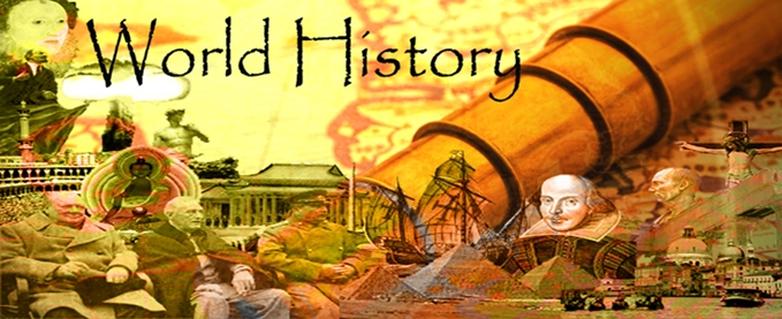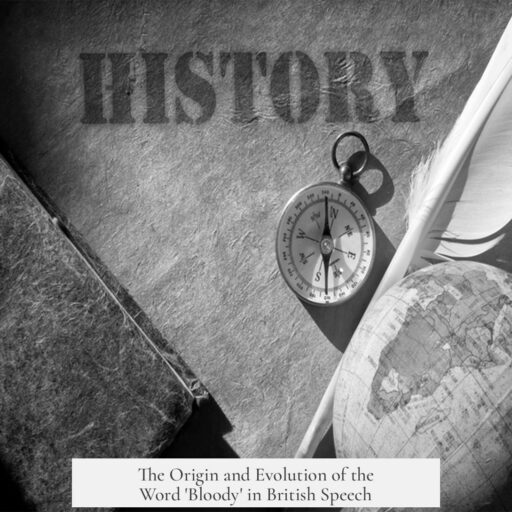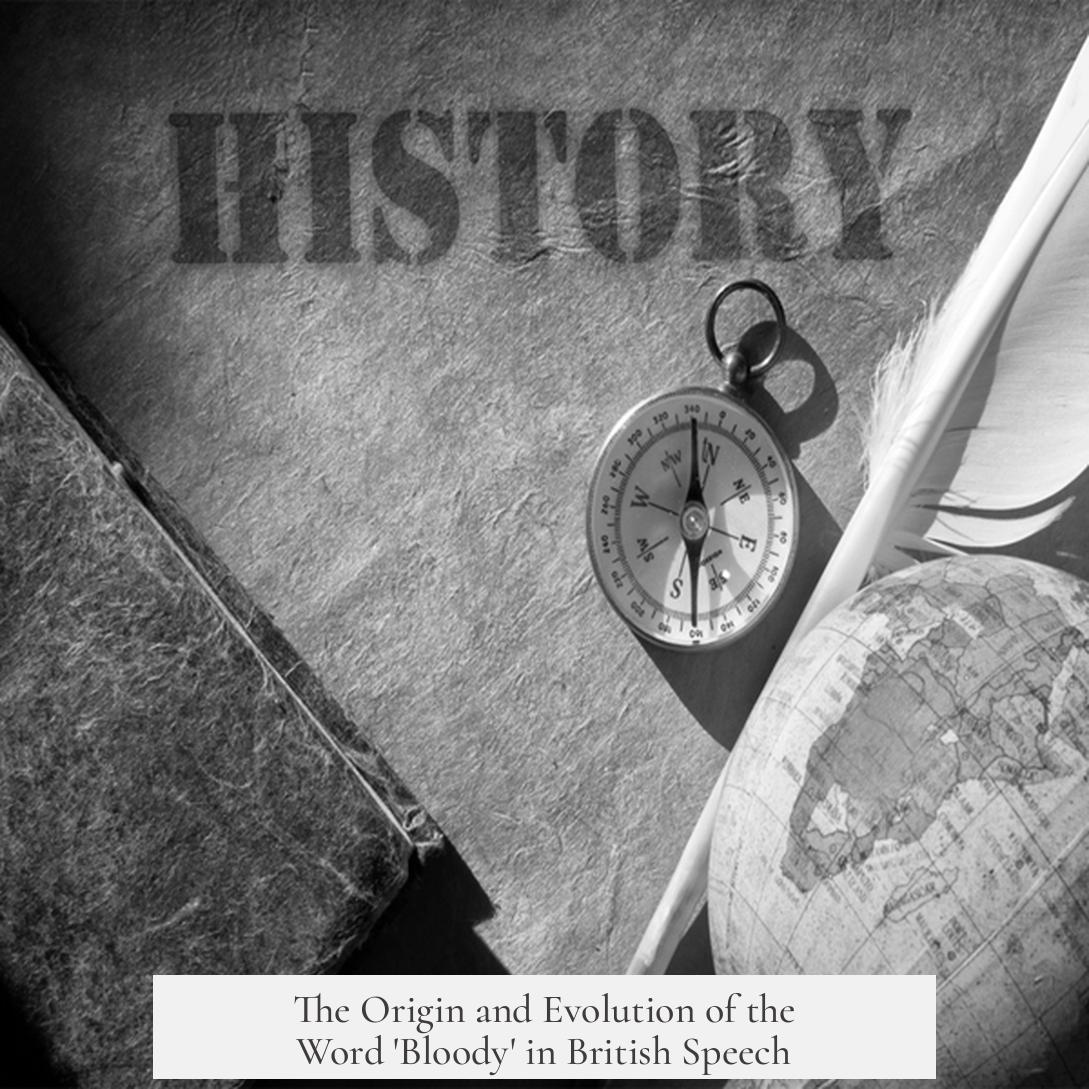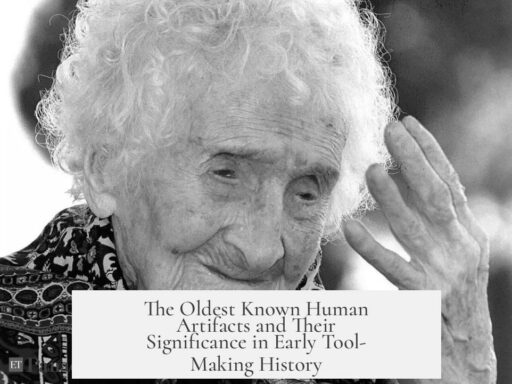British people say “bloody this” and “bloody that” as an intensifier rooted in usage dating back to the 16th century, gaining prevalence by the late 17th century. The exact origin remains debated, with several proposed explanations reflecting cultural, religious, and social influences.

One theory links “bloody” to the term “bloods,” describing hot-tempered young noblemen in early modern England. The word might echo their fiery temperament, evolving into a general intensifier.
Another possible origin arises from religious associations. The Eucharist, where wine symbolizes the blood of Christ, may have inspired early phrases like “bloody drunk.” This theory points to a sacred origin that transformed into common slang.

A further explanation comes from contractions of swearing terms. “Sblood!”—short for “his blood,” referring to Jesus’ blood—parallels other oaths like “zounds!” This could have evolved into the modern use of “bloody” as a mild expletive.
The term might also reflect references to violent or despised individuals. Phrases like “bloody whore” or “bloody murderer” originally emphasized actual bloodshed, later generalizing to an all-purpose intensifier.

“Bloody” historically held taboo status, often considered strong profanity. In print, it was frequently censored using dashes or asterisks. The word generated many euphemisms such as “bleeding,” “blerry,” “plurry,” and “sanguinary.” For example, George Bernard Shaw’s 1914 play Pygmalion caused public uproar when “bloody” was used on stage, leading to the humorous euphemism “Pygmalion adv.”
Over time, the taboo around “bloody” has diminished, especially outside Britain. Australia led the normalization, where the term is less offensive and more acceptable in everyday speech.

| Aspect | Details |
|---|---|
| Earliest use | 16th century; widespread by late 17th century |
| Possible origins | Hot-tempered noblemen, Eucharist (Christian symbolism), contraction of oaths, reference to violence |
| Taboo history | Strong expletive; censored in print; many euphemisms |
| Modern status | Mostly normalized; varies by region, less strong in Australia |
- “Bloody” started as a strong intensifier linked to temperament, religion, or violence.
- It held taboo status for centuries, leading to censorship and euphemisms.
- Modern use is more casual, losing much of its original shock value.
- Regional variations affect how offensive it is today.
Do We Know Why British People Say “Bloody This” and “Bloody That”?
Yes, we do have a pretty good idea why British folks tend to throw “bloody” into their sentences as an intensifier. But the story is far from straightforward. It’s a linguistic mystery wrapped in a historical enigma, with multiple theories vying for the crown. Buckle up—this journey into the origins of Britain’s favorite mild swear word is quite a ride.

Let’s dive into the colorful background and try to unearth why “bloody” has been the British go-to for “bloody this” and “bloody that” for centuries.
A Blast from the Past: The 16th and 17th Century Origins

The use of “bloody” as an intensifier—basically a word thrown in for extra punch—has been kicking around since the 16th century. It really caught on toward the end of the 17th century. Imagine a Tudor-era party where some hot-tempered nobleman might have snapped “That’s bloody ridiculous!” in frustration.
Back then, language wasn’t as regulated, and words like “bloody” held strong emotional power. Its rawer, punchier edge helped it slip into everyday speech. But why “bloody” specifically? Was it about actual blood, or was there more beneath the surface?

Four Theories and No Agreement: Why “Bloody”?
Historians and linguists have been debating multiple interpretations, none of which have won unanimous support. Here are the main candidates:
- Hot-Tempered Noblemen: Some say the word comes from aristocratic “bloods”—young noblemen notorious for their quick tempers during the early modern English period. The “hot-blooded” temperament theory suggests “bloody” emphasized intensity or passion, linking it with fiery personality traits.
- Eucharist Connection: Another angle ties “bloody” to the Christian Eucharist. Since wine during Communion represents the blood of Christ, phrases like “bloody drunk” may have originally been sacrilegious jabs implying someone was as soaked as the sacred blood. This might explain the earliest intensifier use of “bloody.”
- Contraction of “Sblood!”: Then there’s the possibility that “bloody” evolved from “’Sblood!”, a minced oath referring to “his blood!”—a phrase invoking Jesus’ blood. This is similar to how “zounds!” (from “his wounds!”) has softened religious oaths into lighter curses. It was a way to swear without outright blasphemy.
- Despicable People and Bloodshed: Another theory points to early uses like “bloody whore” or “bloody villain,” where “bloody” related to actual bloodshed or violence caused by these people. Over time, it morphed into a general intensifier, losing the literal gore but keeping the emotional bite.
If you ask a group of British people about the origin, expect a lively debate and perhaps some “bloody good” jokes tossed around. There’s just no clear winner yet.
The Taboo Factor: From Strong Swear Word to Mild Flip
One key side to “bloody” is its history as a strong expletive. For centuries, it was considered quite vulgar. Printed versions would often censor it with dashes or asterisks—“b*****” anyone? This history created an aura of taboo around the word.
Interestingly, “bloody” gave birth to numerous euphemisms, like “bleeding,” “blerry,” or even “blooming.” George Bernard Shaw’s 1914 play Pygmalion famously stirred the pot when it featured the word, causing shock and public uproar. That controversy led to “Pygmalion” being used as a humorous stand-in euphemism for “bloody.”
Yet, over time, the sting wore off. The word progressively lost its taboo status, especially beginning in Australia where normalization started earliest. Now, “bloody” mostly lives in the realm of casual and sometimes affectionate intensification, rather than potent expletive. It’s a linguistic softening of what once was a hard-edged curse.
Why Does It Matter Today?
Understanding why British people say “bloody this” or “bloody that” is more than a trivia tidbit—it’s a window into cultural evolution and language change. The phrase shows how societal attitudes toward language soften or harden over time, reflecting shifts in values, religion, and decorum.
Plus, knowing this origin helps language learners and enthusiasts grasp the nuances of British English. “Bloody” isn’t just some filler word—it’s a badge of identity, history, and a pinch of cheeky humor.
Practical Takeaway: Should You Use “Bloody”?
If you’re wondering whether to sprinkle “bloody” into your chats or writing, here’s the lowdown:
- It’s mostly harmless today, especially in casual conversations with British speakers.
- Avoid it in very formal contexts or where politeness is key.
- Remember it can add emphasis and color, making your phrases punchier and more relatable.
- Be aware some might still find it a mild swear word, depending on age and region.
For example, “That was a bloody brilliant game!” sounds a lot livelier than “That was a really good game.” And it conveys genuine enthusiasm without sounding over the top.
Wrapping Up: A Word Steeped in History, Mystery, and a Bit of Mischief
So, do we know the origin of “bloody” in phrases like “bloody this” or “bloody that”? Yes, but with a caveat. The word has a rich, multifaceted history that dates back centuries, with several plausible but unconfirmed origins, ranging from aristocratic hotheads to religious swears and references to violence.
Its journey from taboo expletive to benign intensifier mirrors the way language grows and adapts. Next time you hear a Brit say “bloody hell” or “bloody marvelous,” you’ll appreciate the layers behind those two little syllables.
Now, next time you get frustrated about something mildly annoying, you might find yourself muttering a “bloody” or two. Just remember—it’s a small piece of British linguistic heritage peppering your daily talk.



